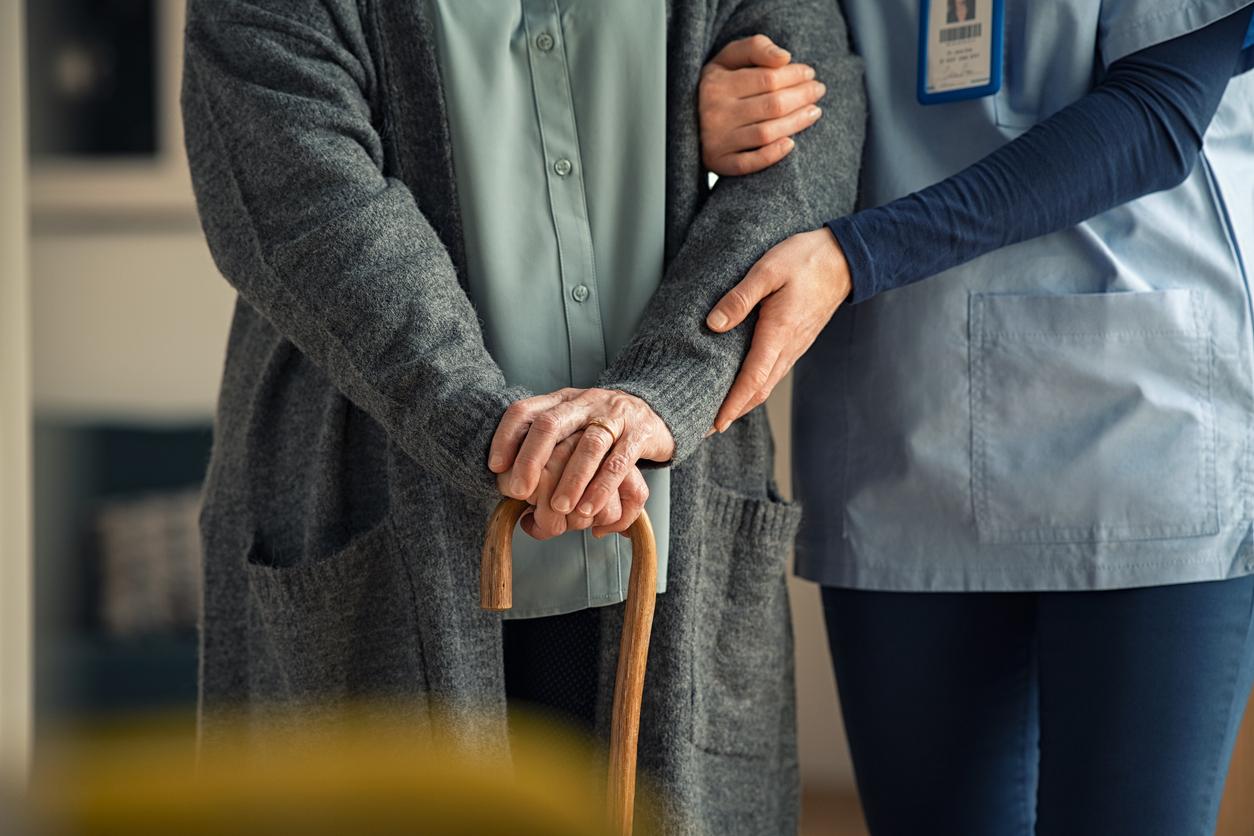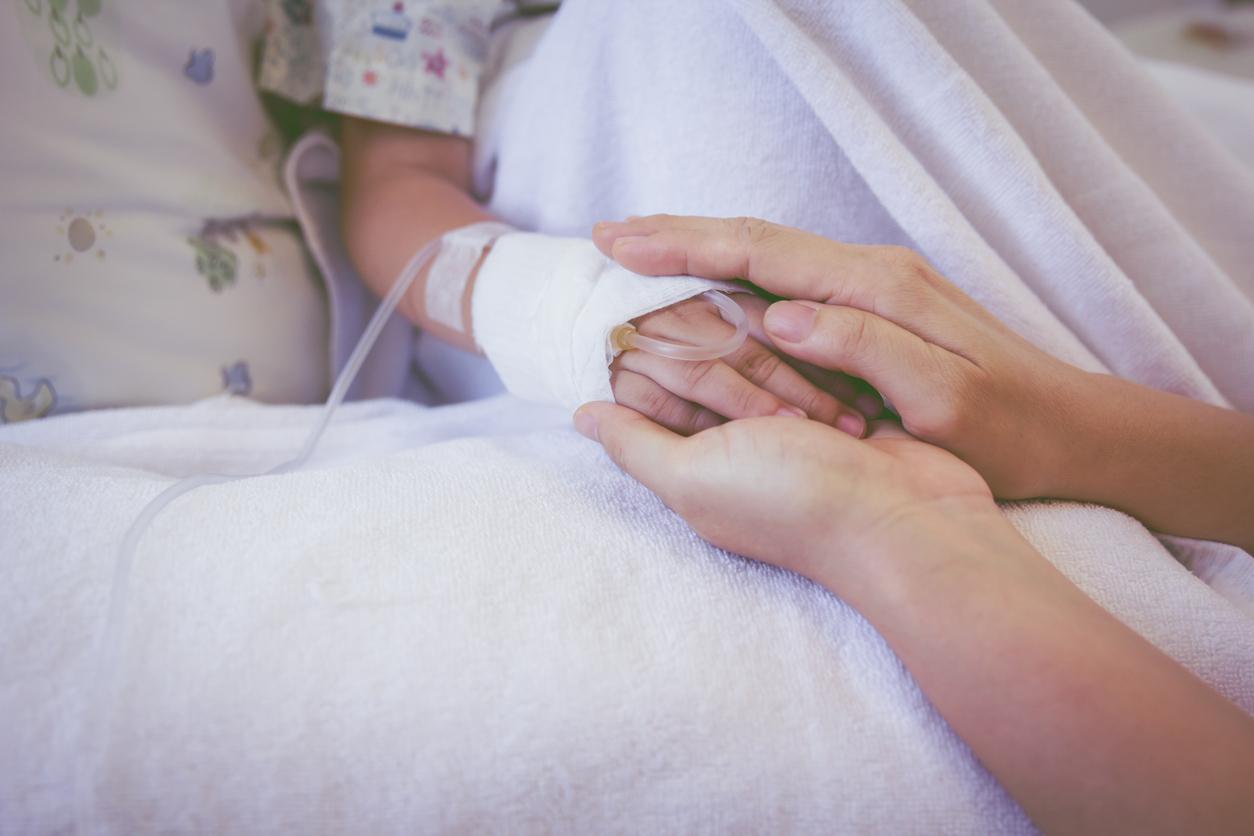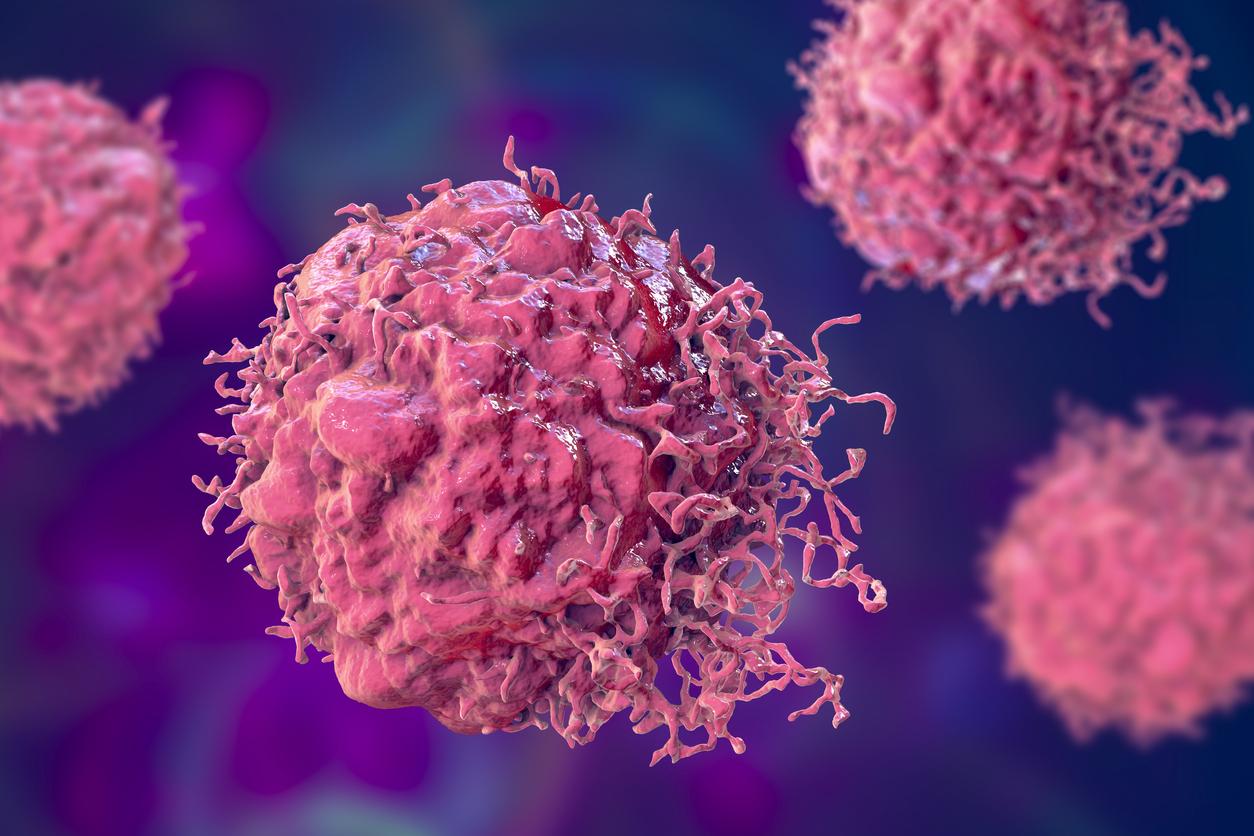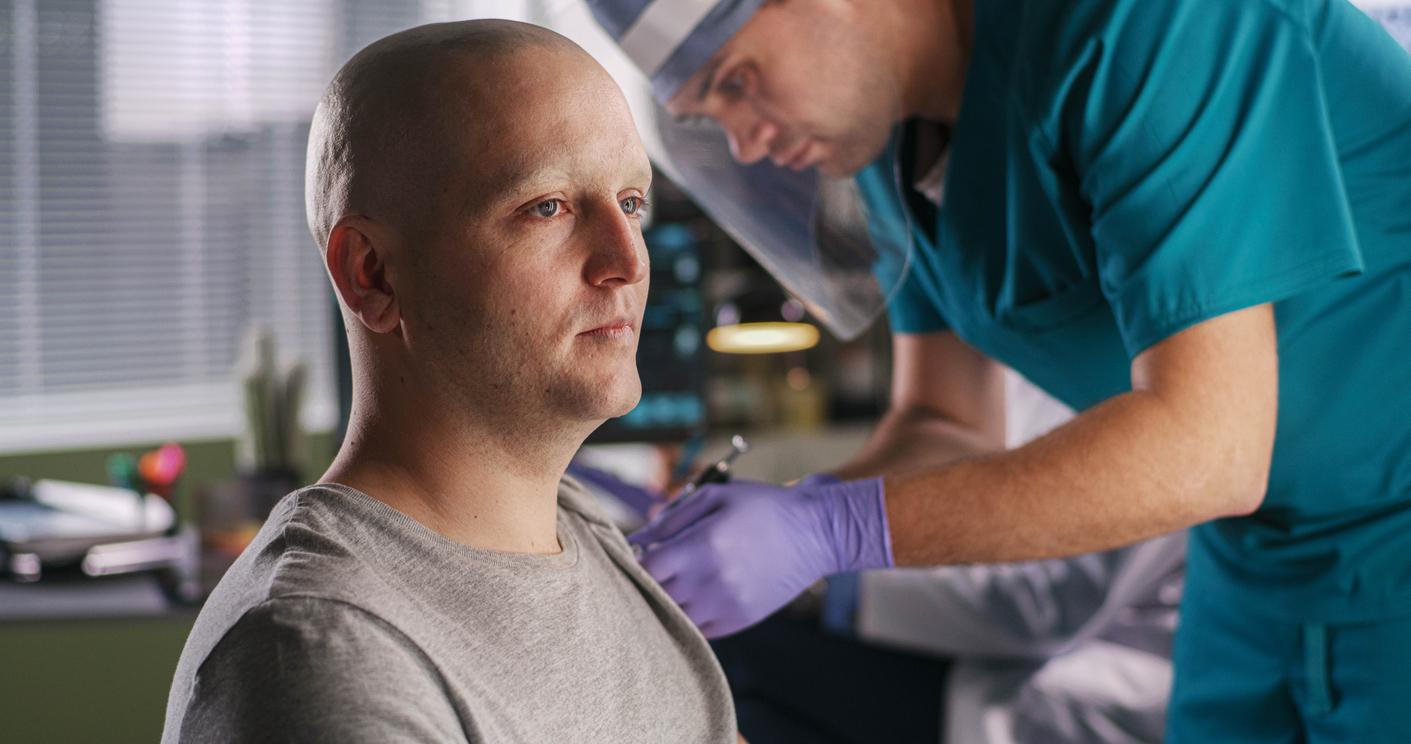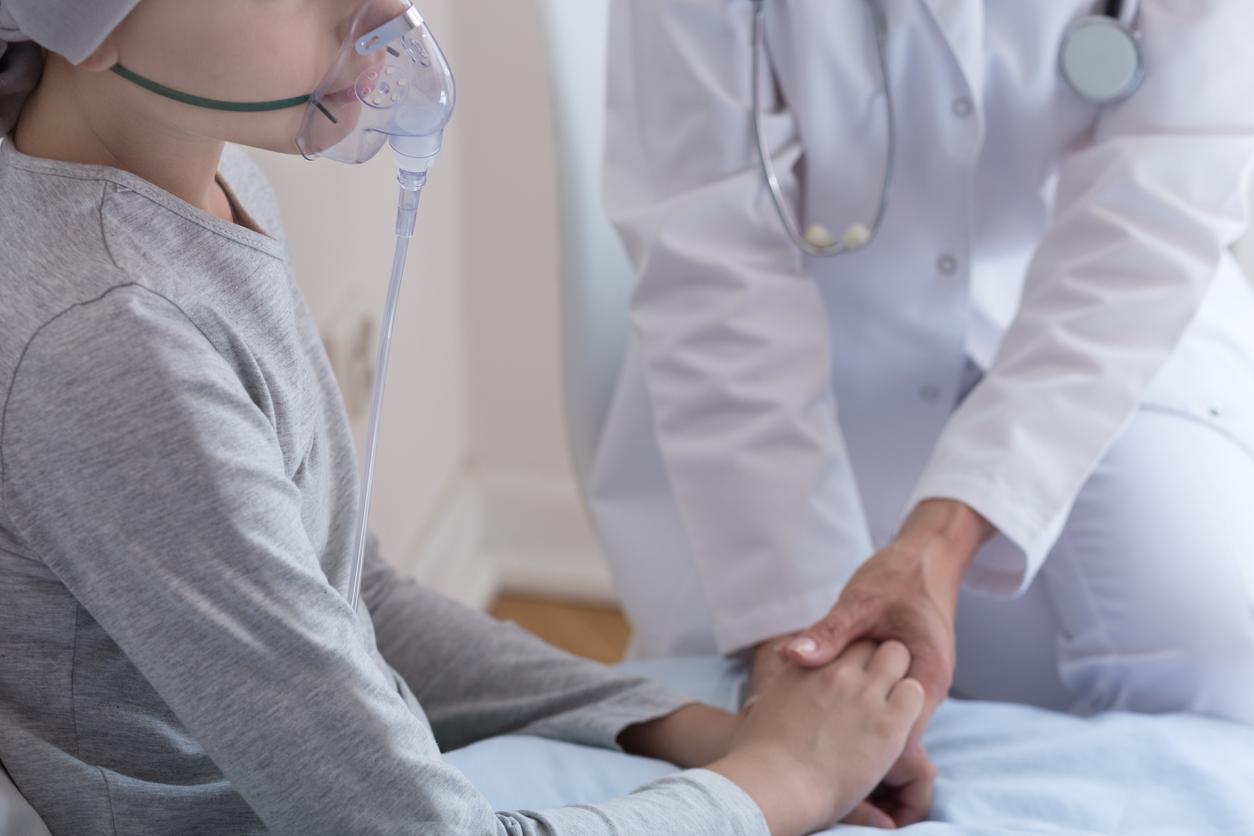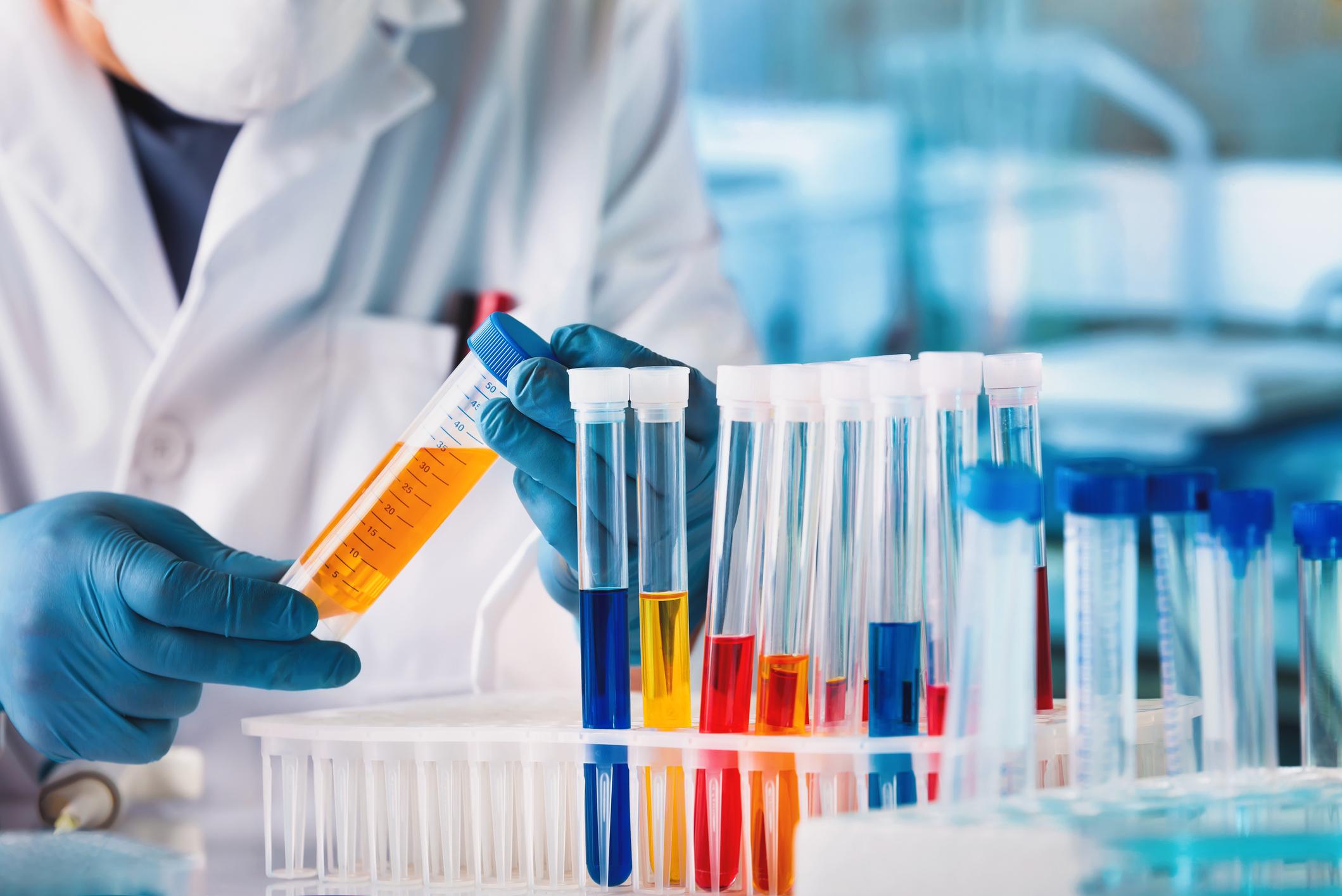At less than a year old, a baby was diagnosed with childhood acute lymphoblastic leukemia. What is this disease?

- The origin of acute lymphoblastic leukemia remains unknown.
- But this disease is not contagious or transmissible.
“Mia had just started kindergarten, explains Anjna Caulton about his daughter. She suffered from a runny nose and had a feverish temperature. When I look back during that time, she was particularly grumpy. She was crying a lot. I had no idea that it was in fact his immune system that had serious problems”.
A bump and bruises
At seven months old, little Mia had all the symptoms of a cold. At first, her mum didn’t worry… But everything changed when her baby had, for no reason, a bump above her head and bruises on her arms and legs: “I wondered if I was holding her too tight while changing her diaper. Or if those bruises weren’t from his manger. Hundreds of terrible thoughts ran through my mind”.
A deadly disease
After several examinations at the hospital, the diagnosis was made: Mia had infantile acute lymphoblastic leukaemia. According to MSD ManualIt’s about a “life-threatening disease in which cells that normally turn into lymphocytes become cancerous and quickly replace normal cells in the bone marrow”. It can affect patients of all ages but is more common in children.
75% of cases
“It alone accounts for 75% of all cases of leukemia in children under the age of 15, can we read on the website of the MSD Manual. Acute lymphoblastic leukemia usually affects young children, ages 2 to 5. In adults, it is more common in people over the age of 45.”.
Bruises and hemorrhages
Fever and bruising are some of the symptoms, as are bleeding, excessive sweating, fatigue, paleness, difficulty breathing, chest pain or a high heart rate.
Chemotherapy
To treat this disease, several solutions exist depending on the patient: chemotherapy, immunotherapy, targeted therapy and, more rarely, a stem cell transplant or radiotherapy. Little Mia had to undergo chemotherapy sessions, blood transfusions, lumbar punctures and bone marrow operations.
Today, three years after her illness, Mia is doing well. The medical teams in charge of his follow-up have announced the remission of his illness.



